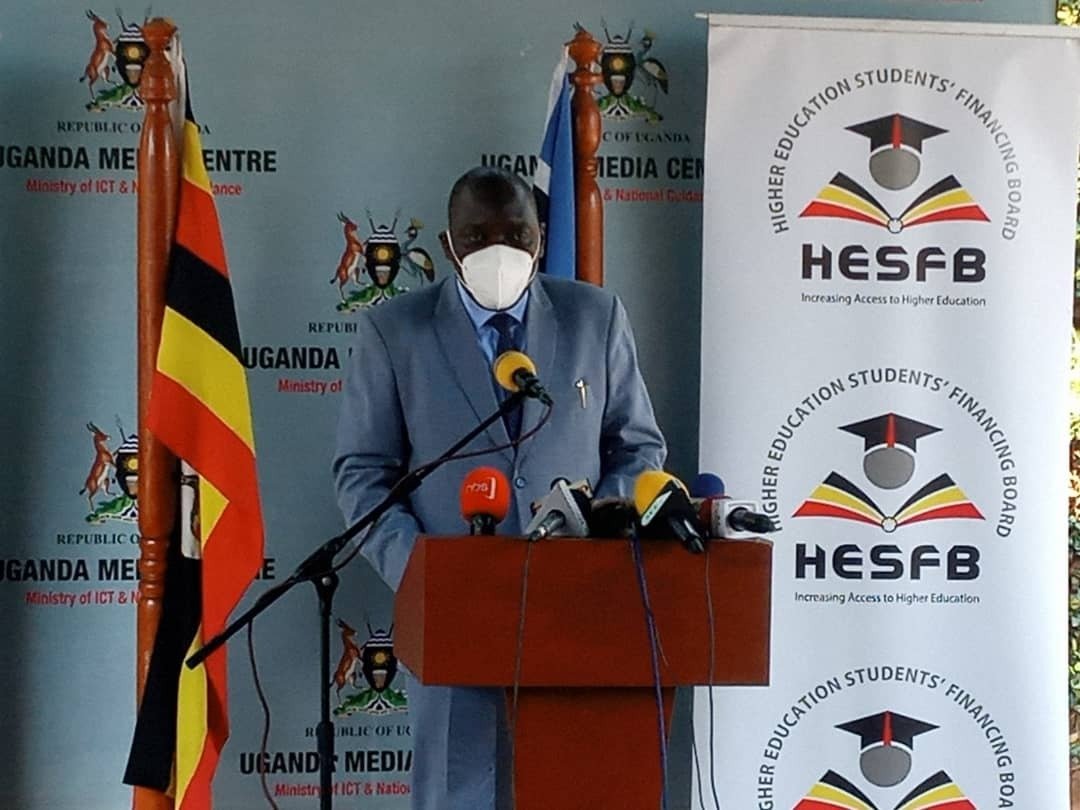Dereck Chauvin, the policeman charged with the killing of George Floyd has been released on a USD 1 million bail.
The former Minneapolis police officer is awaiting trial on murder and manslaughter charges after a video captured him kneeling on Mr. Floyd’s neck in May.
Mr. Floyd’s death ignited protests across the globe and led to an increased focus on race and police brutality. Through almost all of it, Mr. Chauvin has been behind bars, awaiting trial for murder and manslaughter in Mr. Floyd’s death.
On Wednesday, Mr. Chauvin was freed after posting $100,000 through a bail bond agency. Hours later, Gov. Tim Walz of Minnesota announced that he was mobilizing 100 members of the Minnesota National Guard “out of an abundance of caution” at the request of leaders in Minneapolis, which was upended by nights of protest immediately after the killing of Mr. Floyd in May.
It was uncertain where Mr. Chauvin, 44, will live or how he will be received, but he is returning to an outside world that has been significantly reshaped by the killing.
As part of the conditions of his release, Mr. Chauvin will be required to stay in Minnesota until his trial, scheduled for March, but the Minnesota home he owned with his wife, who has filed for divorce, was sold for $279,000 in late August, property records show. He also agreed to surrender any guns he may have, not take any job in law enforcement and avoid any contact with Mr. Floyd’s family.
Local protests began in the Minneapolis–Saint Paul metropolitan area of Minnesota before quickly spreading nationwide and in over 2,000 cities and towns in over 60 countries in support of the Black Lives Matter movement. Protests continued throughout June, July, and August, with polls at the time estimating that between 15 million and 26 million people had participated at some point in the demonstrations in the United States, making the protests the largest in United States history.

































